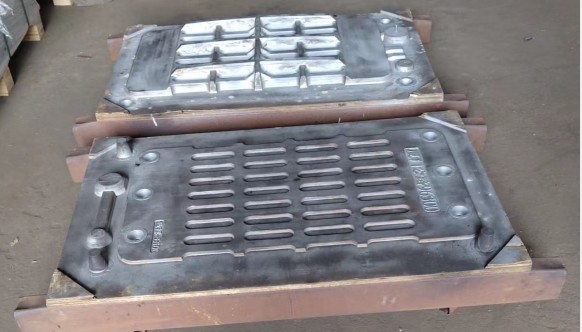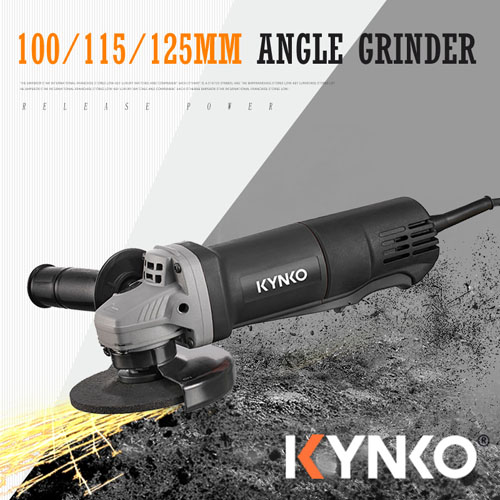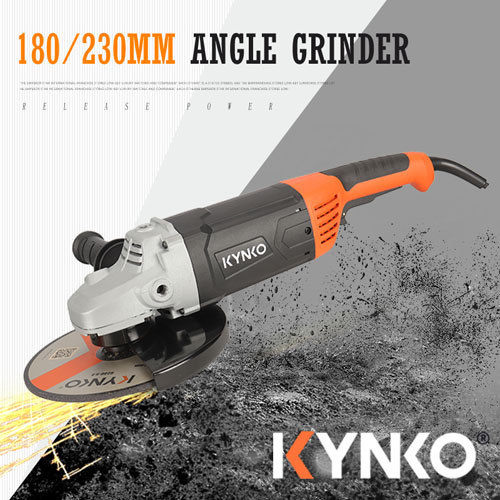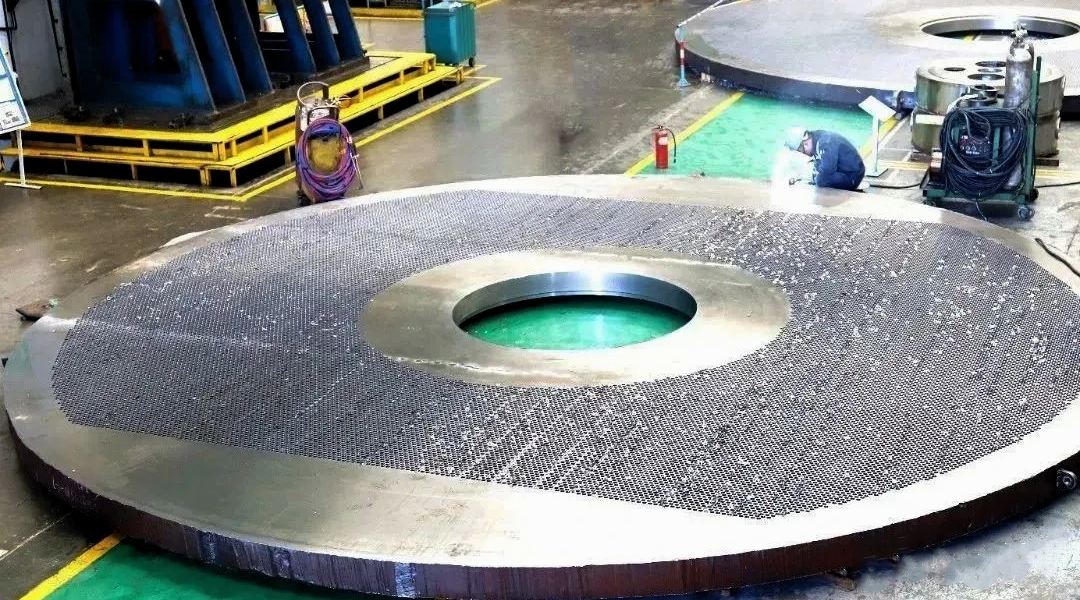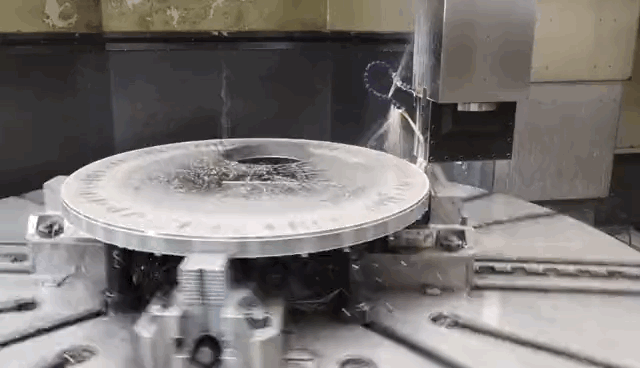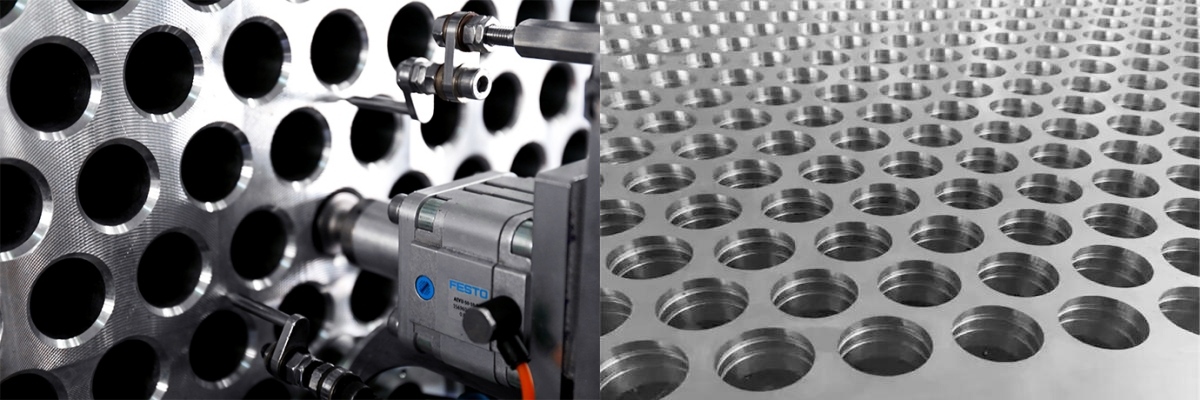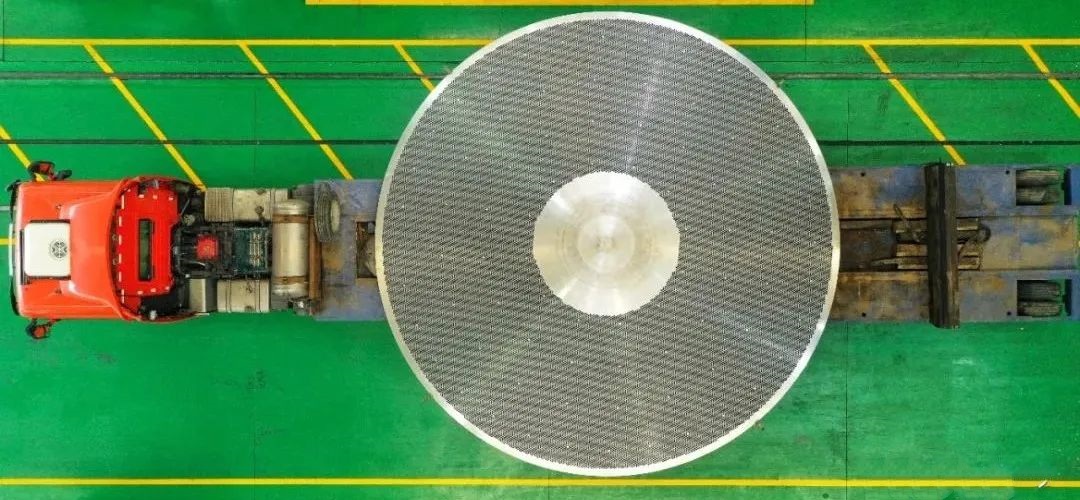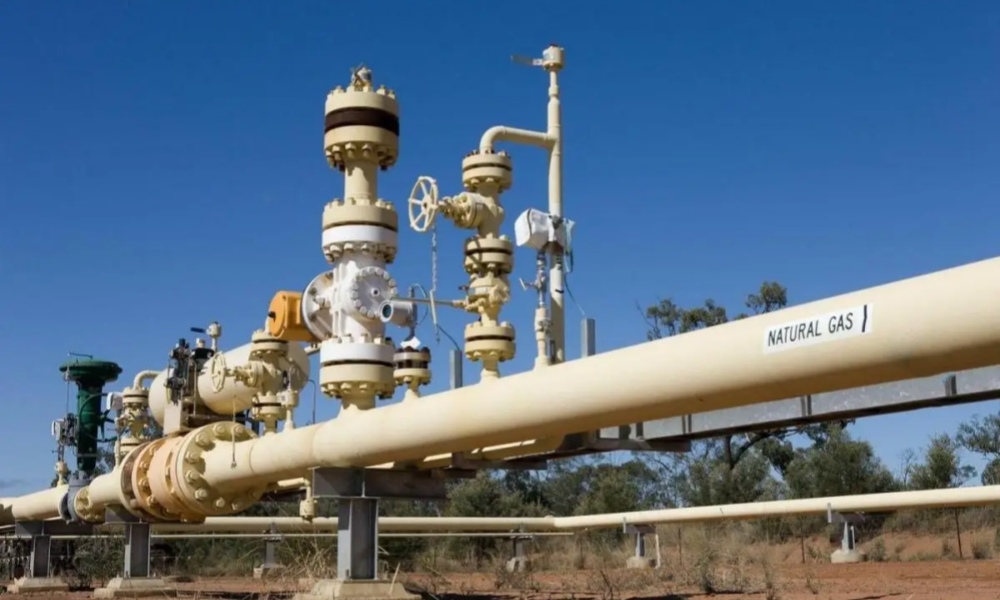The Y-type globe valve is a valve with a unique structural design, widely used in various industrial fields. Its efficient fluid control capability and excellent sealing performance make it outstanding in complex and demanding working conditions.
Petroleum and Natural Gas Industry
1. Oil and Gas Transportation:
Y-type globe valves are widely used in petroleum and natural gas transmission pipelines. With their low-flow resistance design, they effectively reduce pressure loss, ensuring efficient long-distance transportation. Additionally, the excellent sealing performance of Y-type globe valves prevents leaks and ensures the safety of the transportation process.
2. Oil Production and Refining:
In oil production and refining processes, Y-type globe valves are used to control and regulate the flow of oil and gas. Their characteristics of high pressure resistance and corrosion resistance enable them to operate stably under harsh conditions, reducing the frequency of equipment maintenance and replacement.
Chemical industry
1. Corrosive Media:
In chemical production, various corrosive media such as acids, alkalis, and salts are commonly encountered. Y-type globe valves are manufactured using corrosion-resistant materials, enabling them to operate stably in such environments and protect pipeline systems from corrosion damage.
2. Process Control:
During chemical reactions, precise control of reactant flow and pressure is crucial. Y-type globe valves, with their high-precision regulating capability, ensure the stability and efficiency of the reaction process, thereby enhancing product quality and production efficiency.
Power industry
1. Steam Systems:
In electricity generation, control of steam systems is crucial. Y-type globe valves are used to regulate and shut off steam flow. Their high-temperature and high-pressure resistant materials allow them to operate stably in high-temperature and high-pressure environments, ensuring the safety and efficiency of power plants.
2. Cooling Water Systems:
In cooling water systems, Y-type globe valves are employed to regulate the flow of cooling water, ensuring the normal operation and cooling efficiency of power generation equipment. Their corrosion resistance and low maintenance characteristics make them highly favored in the power industry.
Water Treatment Industry
1. Sewage Treatment:
In sewage treatment plants, Y-type globe valves are used to control and shut off sewage flow. Their corrosion resistance and wear-resistant materials enable long-term operation in sewage environments containing various impurities and corrosive substances.
2. Drinking Water Treatment:
During drinking water treatment processes, Y-type globe valves are employed to regulate water flow and pressure, ensuring the stability and efficiency of water supply systems. Their low flow resistance design reduces energy consumption and enhances the operational efficiency of water treatment equipment.
Other application areas
1. Pharmaceutical Industry:
In pharmaceutical production, precise control of liquid and gas flow is essential. The high precision and reliability of Y-type globe valves make them crucial equipment in the pharmaceutical industry, ensuring the safety and quality of drug manufacturing processes.
2. Food and Beverage Industry:
In the food and beverage production process, there are stringent requirements for fluid hygiene and safety. Y-type globe valves, manufactured with food-grade materials, effectively control and regulate fluid flow, ensuring hygiene and safety in the production process.

